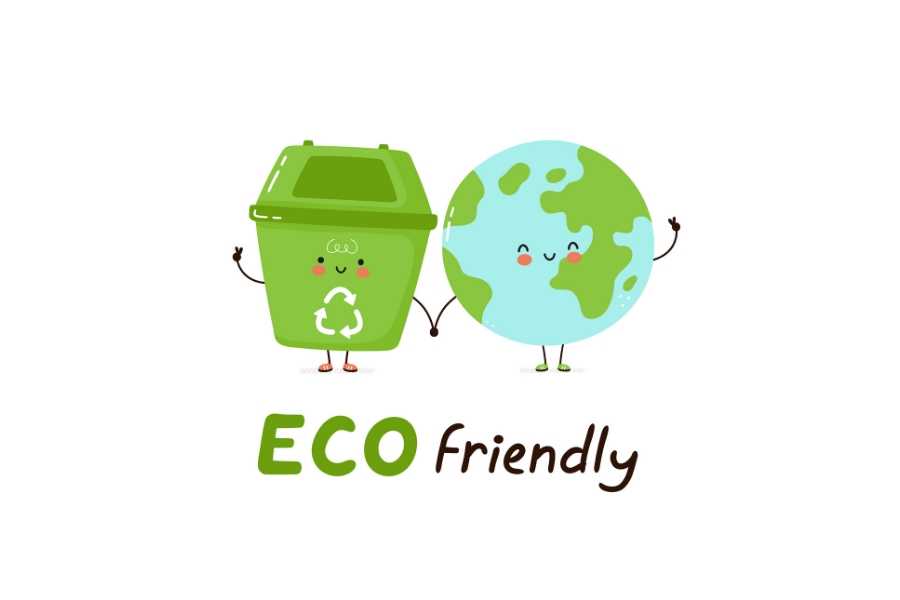In recent years, the global shift towards eco-friendly packaging has gained significant momentum. As consumers become more environmentally conscious, businesses are increasingly adopting sustainable packaging solutions. While eco-friendly packaging offers numerous benefits, it is crucial to recognize that it also carries certain risks. In this blog post, we will delve into the potential risks associated with eco-friendly packaging, shedding light on the lesser-known aspects that businesses and consumers should be aware of.
- Material Limitations:
Eco-friendly packaging often relies on alternative materials such as bioplastics, recycled paper, or plant-based fibers. While these materials are more sustainable, they may have limitations in terms of durability, flexibility, or resistance to external factors. Understanding these limitations is essential to ensure that the packaging adequately protects the product throughout its lifecycle. - Cost Considerations:
Although eco-friendly packaging is becoming more accessible, it can still be more expensive than traditional packaging options. Businesses need to carefully evaluate the cost implications of adopting sustainable packaging solutions, as it may impact their overall profitability. Balancing environmental responsibility with financial feasibility is crucial for long-term sustainability. - Supply Chain Complexity:
The shift to eco-friendly packaging often involves changes in the entire supply chain. Sourcing sustainable materials, redesigning packaging, and implementing new manufacturing processes can introduce complexities and challenges. Businesses must carefully manage these transitions to avoid disruptions and maintain product quality and consistency. - Consumer Perception and Acceptance:
While eco-friendly packaging is generally well-received, there is a risk that some consumers may perceive it as inferior or less reliable compared to traditional packaging. This perception can affect brand image and consumer trust. Educating consumers about the benefits and reliability of eco-friendly packaging is essential to overcome this risk. - Regulatory Compliance:
As governments worldwide implement stricter environmental regulations, businesses must ensure compliance with evolving packaging standards. Failure to meet these regulations can result in fines, legal issues, and reputational damage. Staying informed about the latest regulatory requirements is crucial to mitigate these risks effectively.
Conclusion:
Eco-friendly packaging undoubtedly offers significant environmental advantages, but it is essential to recognize and address the associated risks. By understanding the limitations of materials, considering cost implications, managing supply chain complexities, addressing consumer perception, and ensuring regulatory compliance, businesses can navigate the challenges and embrace sustainable packaging practices successfully. Striking the right balance between environmental responsibility and risk management is key to a sustainable future.
